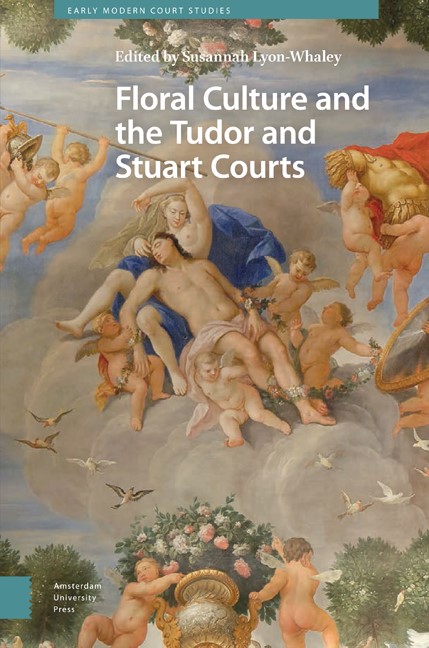8 - Flowers and Gift Culture at the Elizabethan Court
Published online by Cambridge University Press: 16 April 2024
Summary
Abstract
Flowers were a constant presence at court. Over the forty-four years of Elizabeth I's reign, the records of the New Years’ Gift Exchanges reveal that courtiers increasingly gave her floral-themed gifts. Early in the reign, most were foods such as oranges, ginger, and whole nutmeg. As the years passed, orange blossoms and assorted fruits became regular gifts. As courtiers competed for the queen's favour, increasingly expensive and elaborate gifts with floral embellishments entered the exchange. This chapter traces the role of flowers in the gift exchanges at the Elizabethan court, focusing particularly on the New Year's exchange, as it seeks to explain the role of flowers at court throughout Elizabeth's reign, as signifiers of loyalty and political power.
Keywords: Elizabeth I; textiles; jewels; gift-exchange; courtiers; symbols
At the New Year gift exchange in March 1559, Queen Elizabeth I of England (1533–1603) received an array of flowers, plants, spices, and fruits from her courtiers: boxes of flowers, bottles of flower-infused water, whole nutmeg, cinnamon sticks, and barrels of oranges. Flowers remained a constant in the New Year's gift exchanges throughout Elizabeth's reign. They appeared in boxes and pots and as plants for the royal gardens. They also appeared in imagined forms, rendered in needlework, jewels, and confections. With very few exceptions, these objects were intended to be seen and smelled not only by the queen but also by the larger audience of the court. Flowers were powerful symbols in real and represented forms because they were so sensorily evocative. Since patterns in gift giving reflected the queen's interests and priorities, then we can conclude that her fondness for flowers increased during her reign, peaking in the 1580s and again between 1598–1603. Flowers thus became part of the social bond between queen and courtiers. This chapter draws on sociological and anthropological theories of gift giving and receiving, and scholarship on flowers, plants, and the senses to trace the role of flowers in the gift rituals at the Elizabethan court. Overall, the chapter illuminates the role of flowers at court throughout Elizabeth's reign as signifiers of youth, loyalty, and political power.
- Type
- Chapter
- Information
- Floral Culture and the Tudor and Stuart Courts , pp. 227 - 248Publisher: Amsterdam University PressPrint publication year: 2024

